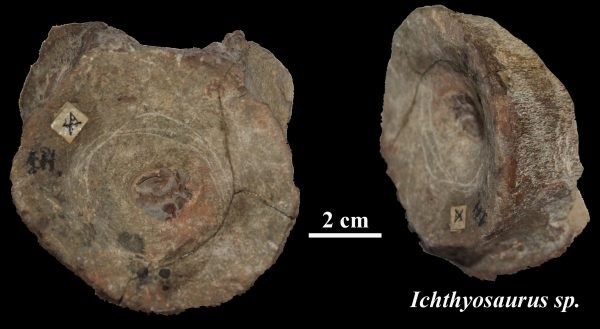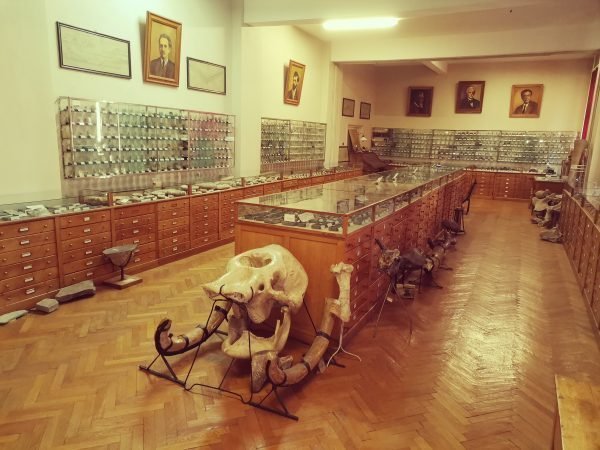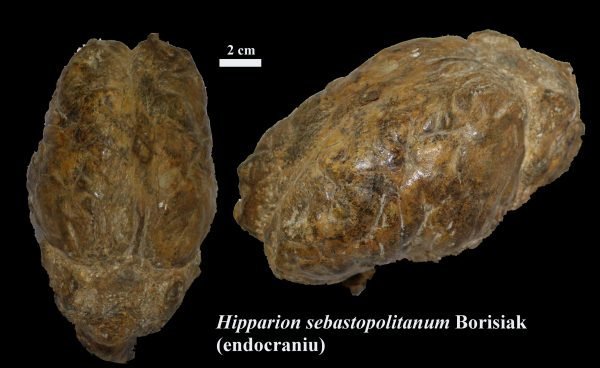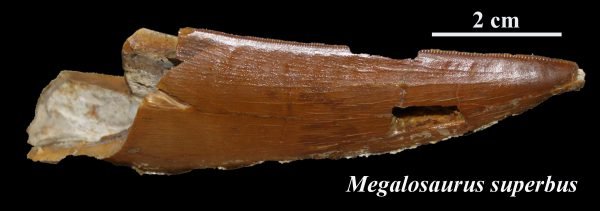Faculty of Geography and Geology
Department of Geology
Contact
Curator: geological engineer Sergiu LOGHIN
E-mail: sergiu.loghin@uaic.ro
Address: 20A Carol I Blvd., Building B, 2nd floor, 700505 Iaşi
Website: http://geology.uaic.ro/muzee/paleontologie/
The Museum of Original Palaeontological Collections hosts:
- original fossil specimens (over 50.000 specimens grouped under more than 8.000 inventory numbers) which are the subject of the Palaeontology papers published by researchers from Iași over the past 140 years
- palaeontological collections purchased for teaching and comparative purposes (over 4.000 inventory numbers)
- old documents on the collections’ history.
Presentation
The core of the original collections is represented by the fossils described in the first geological and palaeontological monograph written by the founder of Romanian Geology, Grigore Cobălcescu, in 1883. Entitled ”Geological and palaeontological studies upon some Tertiary deposits from parts of Romania,” it was published in ”Geological Memoirs of the Military School of Iași” and describes 100 fossil specimens collected from Sarmatian (Middle Miocene) and Pliocene deposits. Lacking a proper space for his collection, Grigore Cobălcescu initially held it at the Military School of Iași, where he was a secondary school teacher while also being a professor of Geology at the University of Iași, within the Department of Mineralogy-Geology. In 1888, after numerous applications, an adequate space was allocated for his fossil collection in 67 Golia Street (Maria David Ferber House). Apart from this, a complete geological collection was bought from the German company Krantz, consisting of more than 9000 samples of rocks, minerals and fossils. Based on the two collections, a proper geological museum was founded and has been developing ever since.
After Grigore Cobălcescu’s death, in 1892, the Mineralogy-Geology Department divided into the Mineralogy Chair and the Geology-Palaeontology Chair, the same happening to the Geological Collection, which became the Mineralogy Collection and the Palaeontology-Stratigraphy Collection, respectively.
Over the years, the Palaeontology-Stratigraphy Collection has been enriched mostly with fossils described and figured in important scientific papers, being known nowadays as The Museum of Original Palaeontological Collections or, shortly, the Palaeontological Museum.
The Museum of Original Palaeontological Collections hosts an impressive number of fossil specimens, most of them collected during the geological research conducted by the palaeontologists of the ”Alexandru Ioan Cuza” University for over 130 years.
The most important pieces of the collection are the holotypes of fossil species described by Romanian authors such as Gr. Cobălcescu, I. Simionescu, N. Macarovici or I. Turculeț. The museum also includes very rare specimens, such as:
- a natural endocranial mould of Hipparion sebastopolitanum (N. Macarovici and N. Paghida, 1964) from the Miocene deposits of Păun, Iași;
- an Ichthyosaurus vertebra from the Triassic deposits of Dobrogea (Simionescu, 1913);

- a tooth of Megalosaurus from the Cretaceous deposits of Dobrogea (Simionescu, 1913);
- Fossil turtles, birds, mammals, insects etc.
Some the most important scientific collections exhibited in the museum are the following:
- the Neogene mollusc collection of Grigore Cobălcescu (1883), consisting of 63 mollusc taxa, some of them representing new species that are recognized even nowadays
- the collection of Ion Simionescu, with 550 taxa of molluscs, brachiopods, echinoderms and vertebrates from Paleozoic, Mesozoic and Cenozoic deposits of Romania
- the collection of Nicolae Macarovici, with more than 350 taxa of molluscs, brachiopods, vertebrates and plants of Paleozoic, Neogene and Quaternary age
- the collections of Theodor Văscăuțanu from the Silurian deposits on Dniester River and the Sarmatian deposits of the Republic of Moldova, consisting of 61 taxa of molluscs, arthropods and brachiopods
- the collections of Ilie Turculeț, including more than 1000 taxa of Mesozoic foraminifera, molluscs, brachiopods, echinoderms and plants
- the collection of Bica Ionesi, consisting of more than 500 taxa of Neogene molluscs, foraminifera and ostracods from deposits of Romania
- the collection of Nicolae Moroșanu, encompassing samples from the Paleolithic deposits from Dobrogea and the Republic of Moldova
- the collection of Pierre Jeanrenaud, with numerous specimens of Sarmatian mollusc
Apart from the original fossil assemblages described by Romanian palaeontologists, the Museum displays a series of scientific collections purchased or received through mutual exchange from other countries. To the latter category belongs one of the largest palaeontological collections from Romania, the Krantz collection, encompassing more than 3500 fossil taxa, plants and animals, purchased from Germany by Gr. Cobălcescu in 1888. To this are added the Grossouvre collection (95 taxa), the Penecke collection (340 taxa), and the ”Marine Shells” collection (over 500 taxa).
All the collections housed in the Museum of Original Palaeontological Collections have significant didactic and scientific value.



